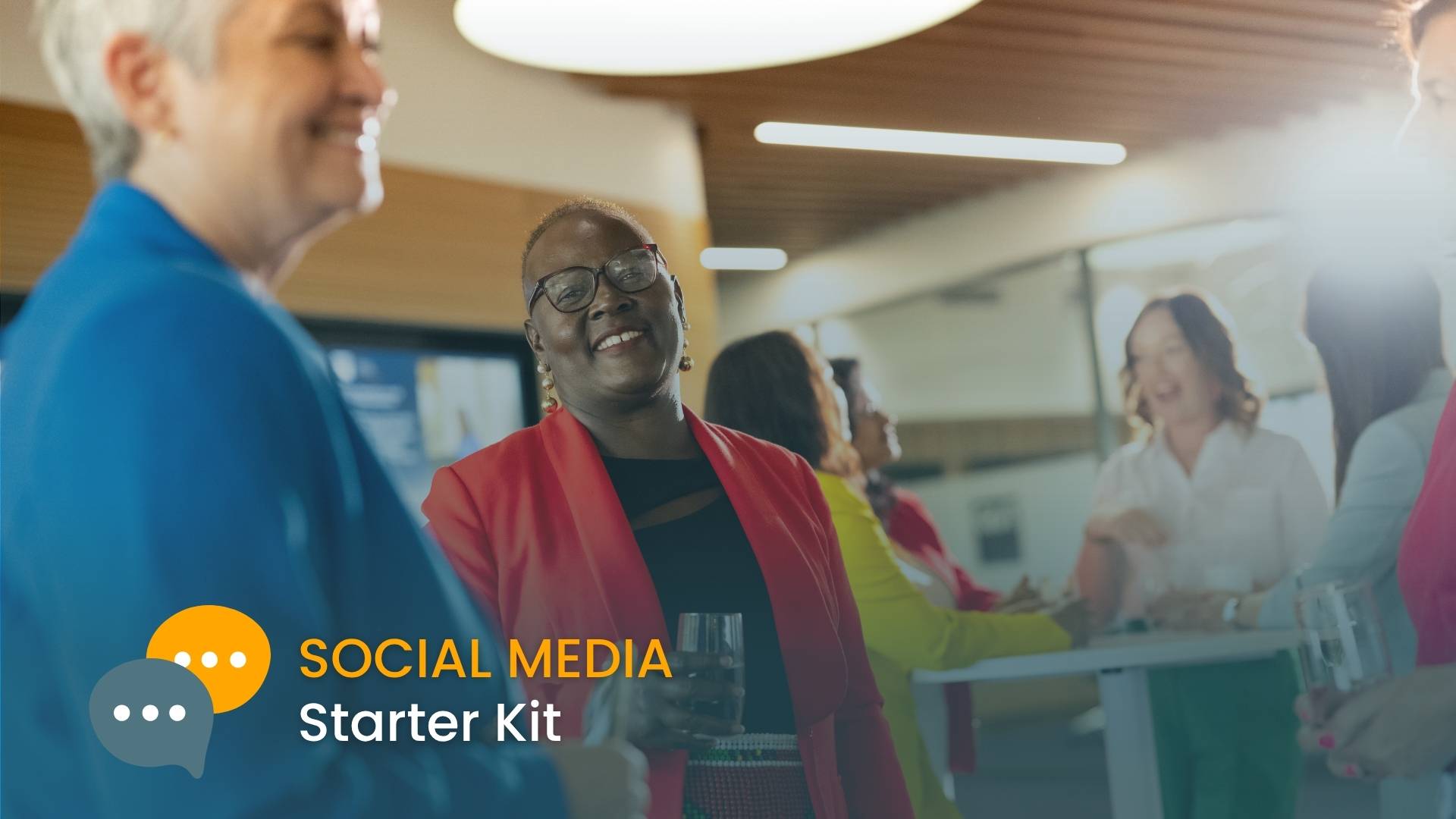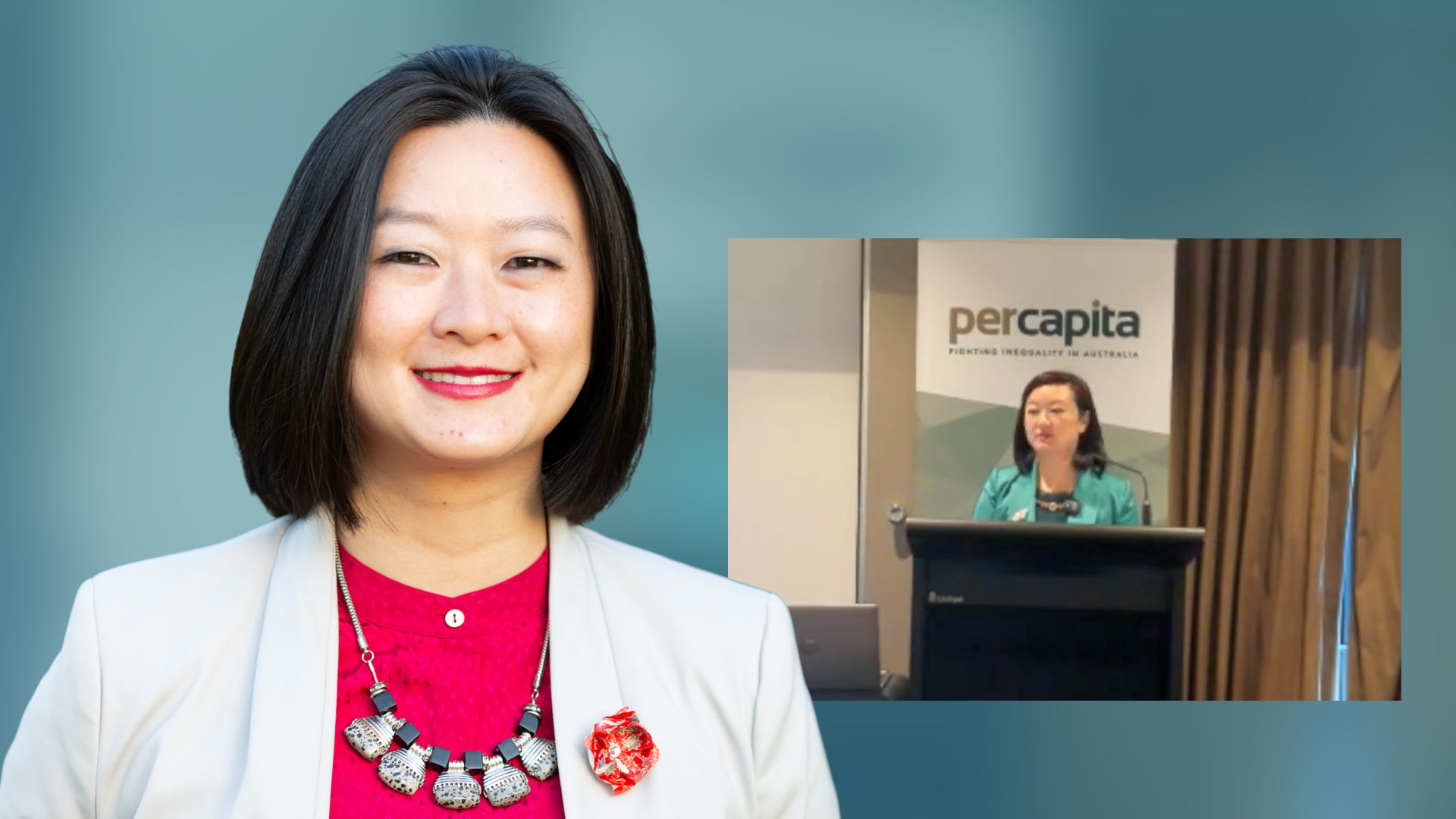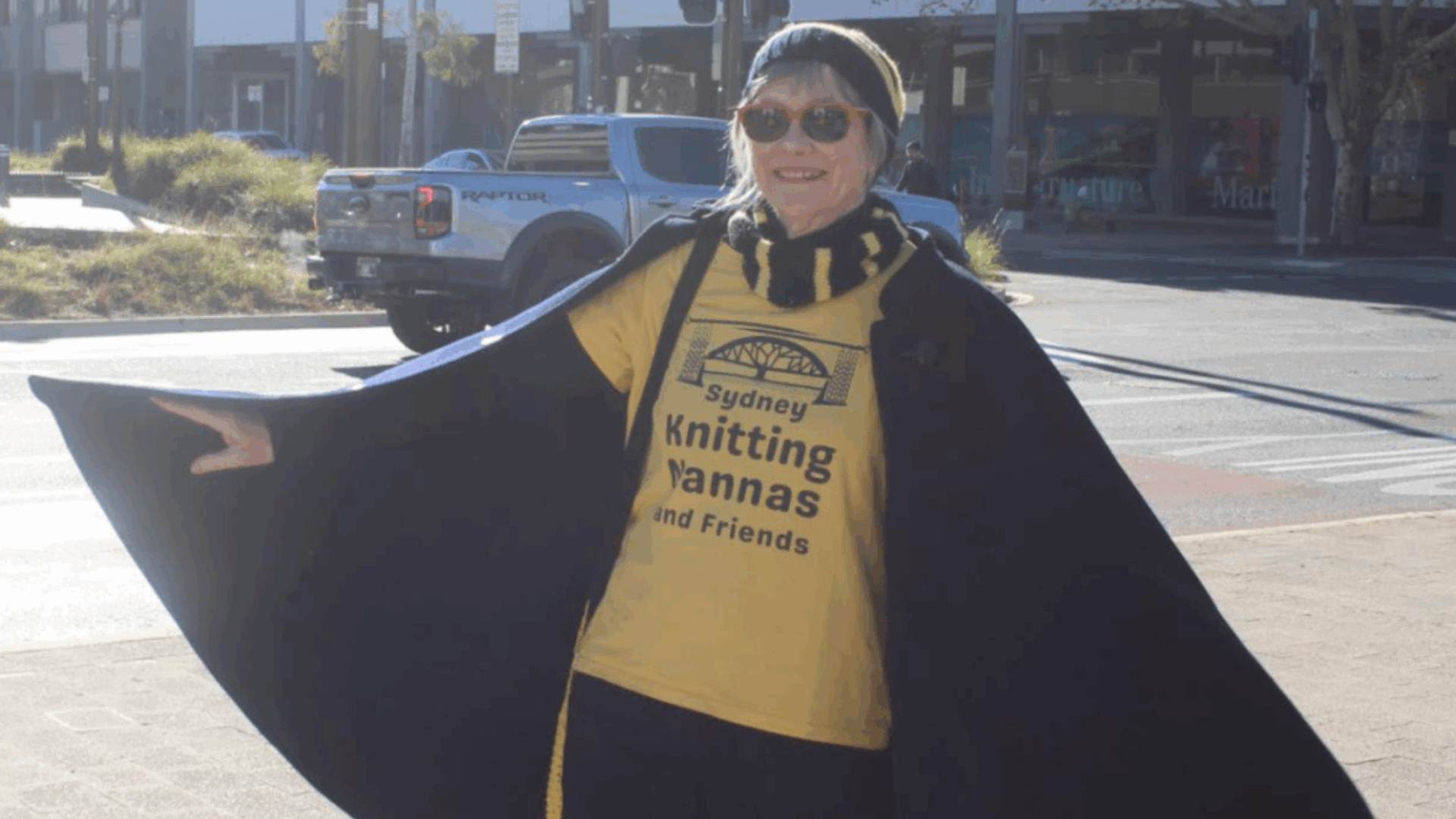Social media starter kit: Part 5
In this series, communications and social media expert Leanne Shingles shares practical tips and advice to help you build confidence on social media, and create targeted, engaging content to reach voters.
- In this post: Tips for advertising
- Previous post: Tips for video

About Leanne Shingles
Leanne is an experienced communications pro who has advised and created social media content for political candidates, MPs, unions, union leaders, peak bodies, small businesses, sole traders and artists.
So you’ve set up your social media channels, found your voice, and built a growing audience – now it’s time to supercharge your message. Welcome to the world of social media advertising, a powerful tool to cut through the noise, target the right voters, and make your limited campaign budget work harder.
Why advertise?
Organic reach can only take you so far – especially in crowded newsfeeds and short election cycles. Paid advertising allows you to:
- Reach new and undecided voters
- Target specific demographics or geographic areas
- Drive traffic to key campaign content like your website, fundraising page, or candidate video
- Amplify high-performing posts to get more eyes on what’s already working
Start with strategy
Before you spend a cent, ask yourself:
- What’s the goal? Awareness, engagement, sign-ups, donations, votes?
- Who are you targeting? First-time voters? Swing voters in marginal areas? Volunteers?
- What’s your message? Tailor your creative to match your audience and objective.
Just like in traditional campaigning, the most effective messages are clear, concise, and emotionally resonant.

Choose the right platform
Not all platforms are equal when it comes to advertising:
- Facebook & Instagram (via Meta Ads Manager): Great for geographic targeting and visual storytelling. Ideal for voter awareness, event promotion, and calls to action.
- YouTube: More expensive, but strong for storytelling and name recognition, especially with younger audiences.
- TikTok: Political advertising is restricted, but influencer partnerships and organic content can still carry weight.
- X (Twitter): Less reliable for advertising in the current climate, but may be useful for media engagement.
Start where your audience is – and where you’re already seeing organic engagement.
Budgeting and boosting
Some quick tips:
You don’t need a huge budget to make an impact. Even $10–20 per day in the final weeks of a campaign can boost visibility significantly.
- Test and learn: Run A/B tests with different messages, creatives, or audiences.
- Boost what’s working: Don’t guess – use your analytics to identify high-performing content and put dollars behind it.
- Geo-target wisely: Focus on key electorates or areas where your vote needs to grow.
- Keep it short and sharp: 15–30 second videos and attention-grabbing graphics outperform text-heavy posts.
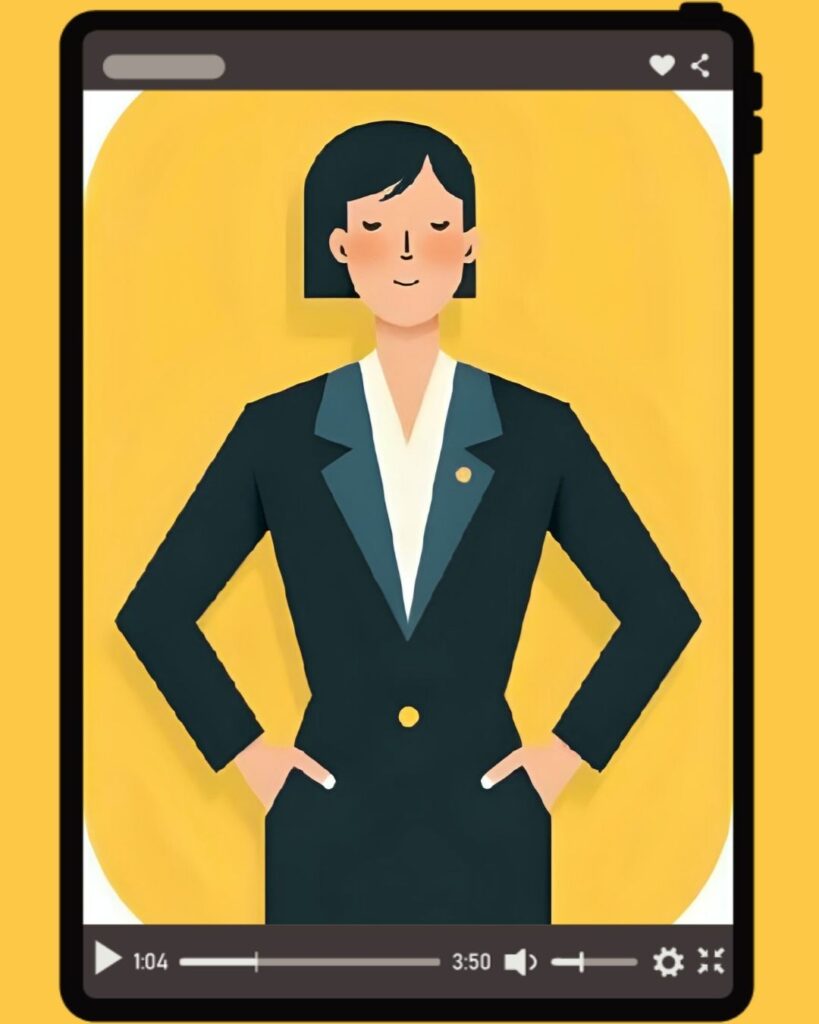
Compliance and transparency
If you’re a declared candidate or running during a regulated election period, you must follow electoral advertising rules. That includes:
- Authorisation statements (e.g. “Authorised by X, Party, Address”)
- Disclosures on paid content
- Staying up to date with AEC or state-based electoral commission guidelines
Check the rules before you run your ads – non-compliance can cost you more than money.
Final thought: PAID + ORGANIC= POWER
The best digital campaigns blend authentic organic content with targeted advertising. Use advertising to amplify what’s already connecting with your audience, not to replace meaningful engagement.
If you plan ahead, spend smart, and stay true to your message, social media advertising can be the final lever that pushes your campaign over the line.
Need more help? Reach out to your campaign team, local digital experts, or refer to Facebook’s Political Ads Library to see what other campaigns are doing.
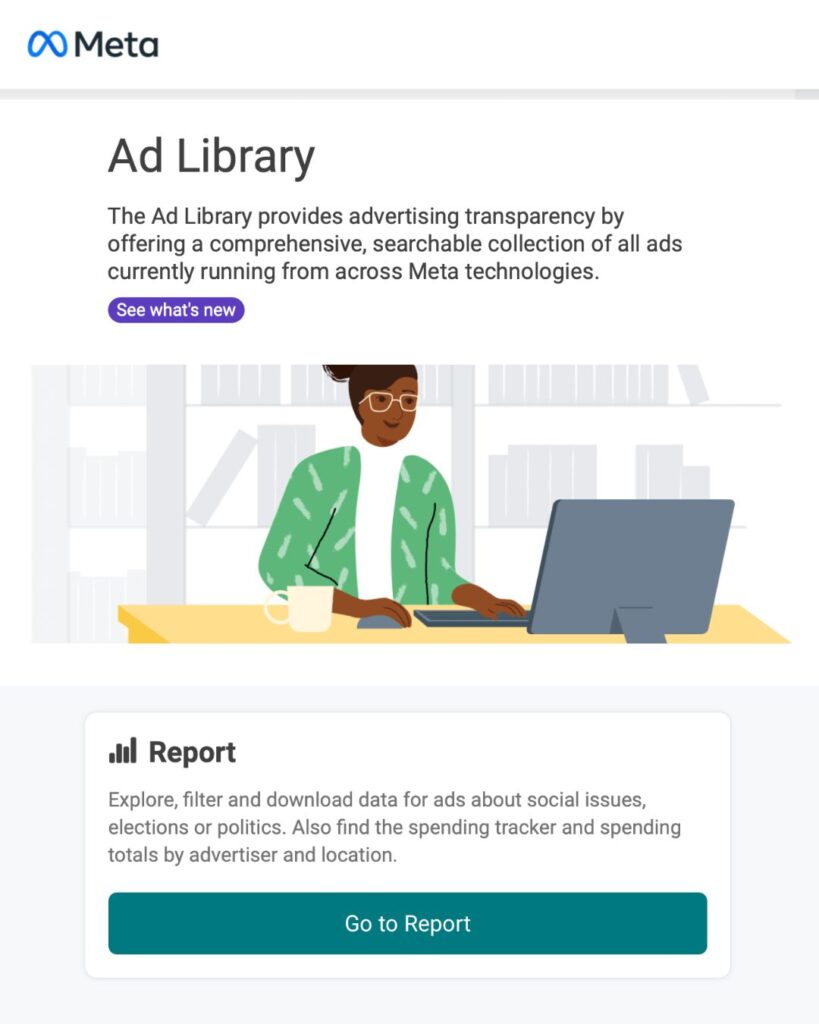
Online safety for women in the spotlight
Everyone should have the opportunity to benefit from using social media, but it can be a very challenging space for women to thrive in. Our Knowledge Hub hosts a growing collection of resources with guidance about combating online abuse, safeguarding your online presence, and preventing the online harms most commonly experienced by women leaders online.

